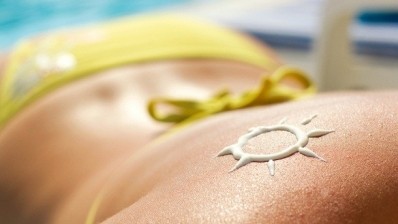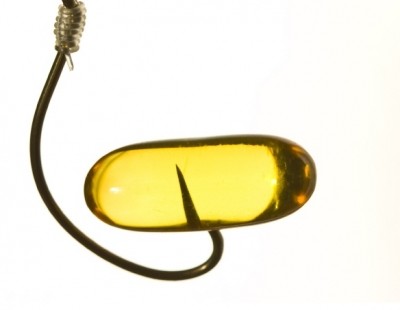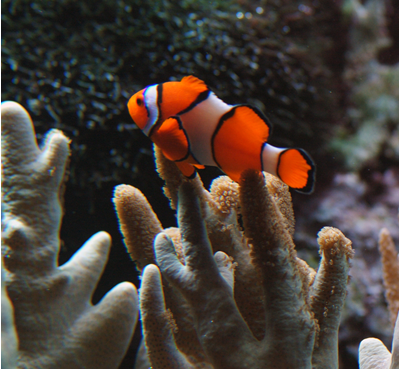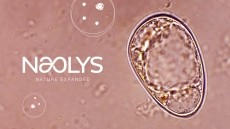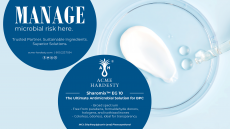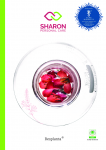Something fishy? No, it’s just sunscreen
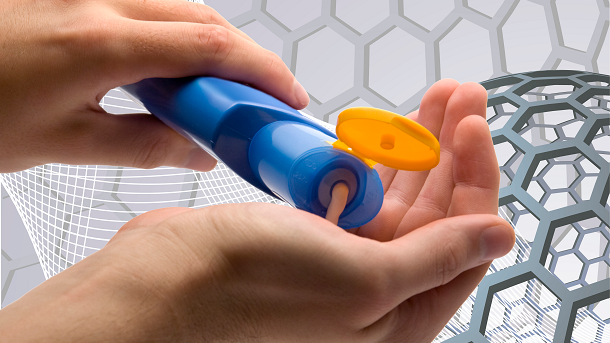
Clara Piccirillo from the Portuguese Catholic University in Porto and colleagues developed an effective new sunscreen based on iron-doped hydroxyapatite (HAp)-based materials derived from cod fish bones, a by-product of the food industry.
The study has been commended by Osvaldo Correia, general secretary for the Portuguese Association of Skin Cancer, and endorses further study into its efficacy.
"Piccirillo presents a promising and very useful active sunscreen filter," he says. "Mineral filters are less allergenic than traditional ones and are the best choice for children or people with sensitive skin."
Iron is the key
The key to the new finding, according to Piccirillo, is the iron, which results from drying and thermal processing the bones.
"Iron oxide was already reported as a UV absorber; in our material, the presence of calcium iron hydrogen phosphate (Ca9FeH(PO4)7) increases the absorption and extends it over the whole UV range,” she says.
“It is the introduction of the iron into the hydroxyapatite structure that makes it a UV absorber, as unsubstituted calcium phosphate is not."
Method
The team prepared the sunscreen by treating cod bones with FeCl2 solution for three hours at 65–70 °C.
The bones are then dried overnight and calcined at 700°C for one hour, yielding multiphasic materials containing HAp, iron-substituted HAp and a small amount of hematite that absorbs UV radiation.
The materials were then made into creams that the researchers say showed good photostability and a UVA-to-UVB ratio greater than 0.90, which means that they offer comparable protection against both UVA and UVB radiation.
Testing
To then test the product, the team applied a small amount to 20 volunteers for 48 hours and showed no adverse allergic irritation.
The scientists claim this result was expected as none of the components of the material are toxic, and HAp is a biocompatible material that is present in large quantities in our bones; and that further studies are needed.
Although the materials absorb UV light over a wide range, the level of the absorption is not very high, says Piccirillo. "For this reason we want to continue studying the system and improve it, to have a higher absorption, which would correspond to a higher Sun Protection Factor (SPF)."
